Volvo has introduced the C40 Recharge, the manufacturer’s second fully electric car, alongside a bold strategy to achieve 100% electric vehicle sales by 2030. The company announced last year that the pandemic would not hinder its shift to electric vehicles, and it appears to have embraced this challenge in the development of the C40. This vehicle is designed to leverage existing technologies, from rapid charger capabilities to its shared platform with the XC40 Recharge. Volvo aims to simplify customization to facilitate online sales that are customer-driven, rather than relying on traditional dealerships.
This decision has sparked controversy in the U.S. market, but Volvo has clarified in its recent media briefing: all sales of its fully electric vehicles, starting with the XC40, will be conducted exclusively online. However, in terms of the vehicle itself, Volvo has opted for a more pragmatic approach. Set to enter production in late 2021, the C40 is now available for pre-order, with Volvo aiming to streamline the purchasing process, ensure hassle-free delivery, and provide a user-friendly entry point into the EV world. Volvo recognizes that this will be an evolving vehicle, enhanced through software updates over its lifetime and backed by customer support for up to five years, whether purchased new or pre-owned.
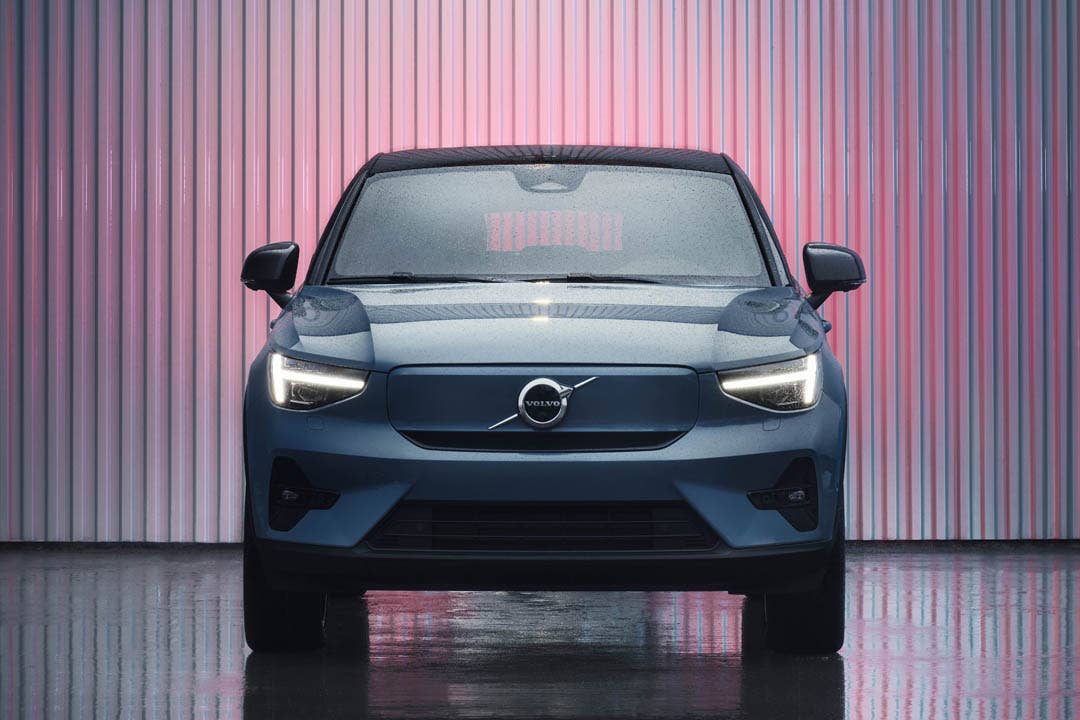
The 2022 C40 Recharge, Volvo
Volvo, as a company, has announced its commitment to achieving 50% of its total sales from fully electric vehicles by 2025 and reaching 100% by 2030. This global strategy encompasses the U.S. market, where Volvo’s previous focus on plug-in hybrid electric vehicles (PHEVs) has been well-received, reinforcing the shift towards offering fully electric vehicles.
The C40 Recharge shares the same CMA electric platform as the XC40 Recharge, albeit in a redesigned and more streamlined form. Aerodynamic enhancements have been made to its design, such as a curved roofline, while retaining the overall structure and incorporating features like the XC40’s front trunk (frunk). The addition of a rear spoiler and sharper contours aim to enhance the vehicle’s efficiency.
Equipped with a total of 402 brake horsepower from its front and rear motors and containing 78 kilowatt-hours of usable energy distributed across three separate packs integrated into the crash structure for added safety, the C40 Recharge achieves a 4.9-second 0-60 acceleration and an estimated range of 261 miles based on WLTP standards—a commendable figure considering its battery size.
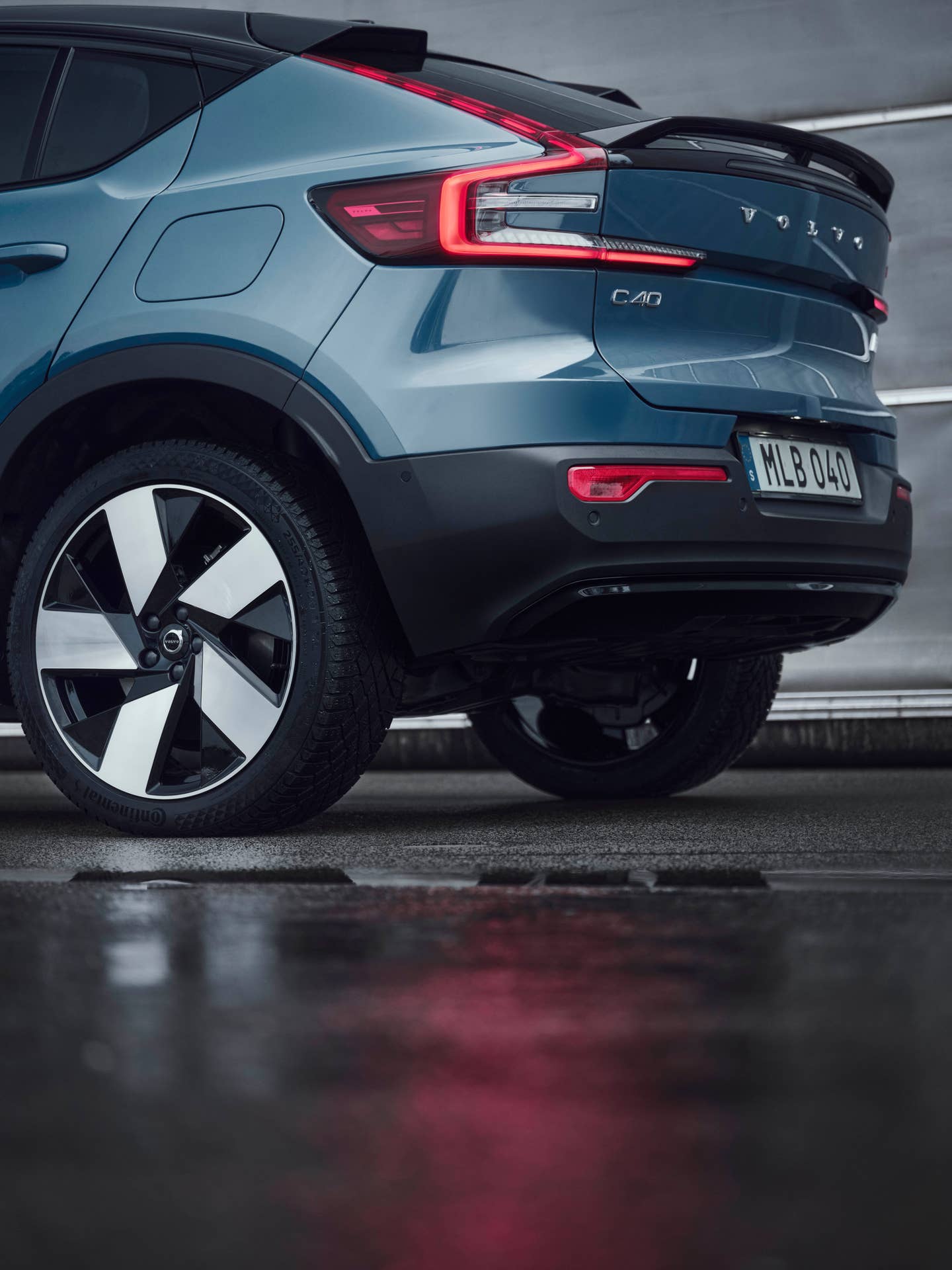
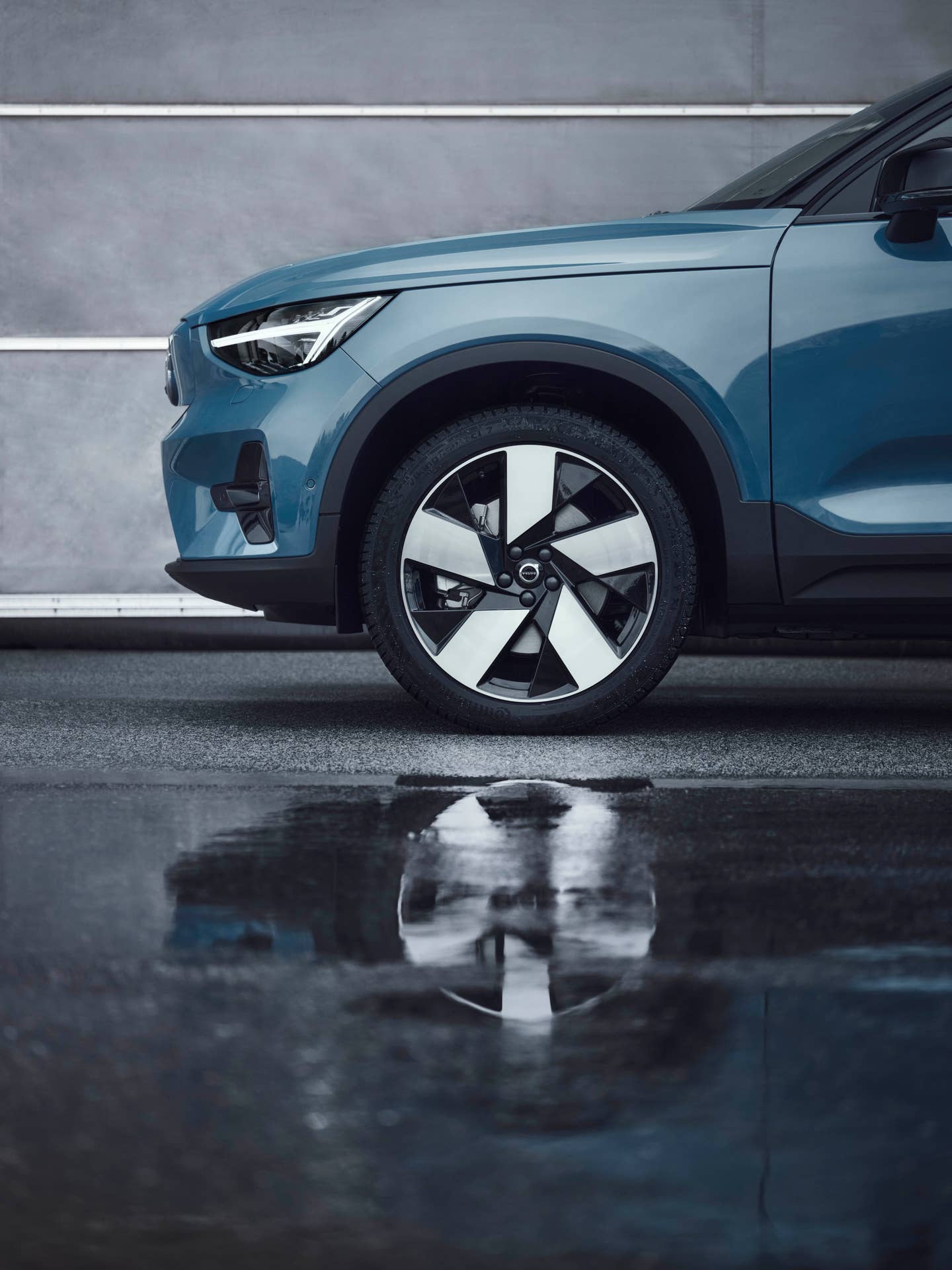
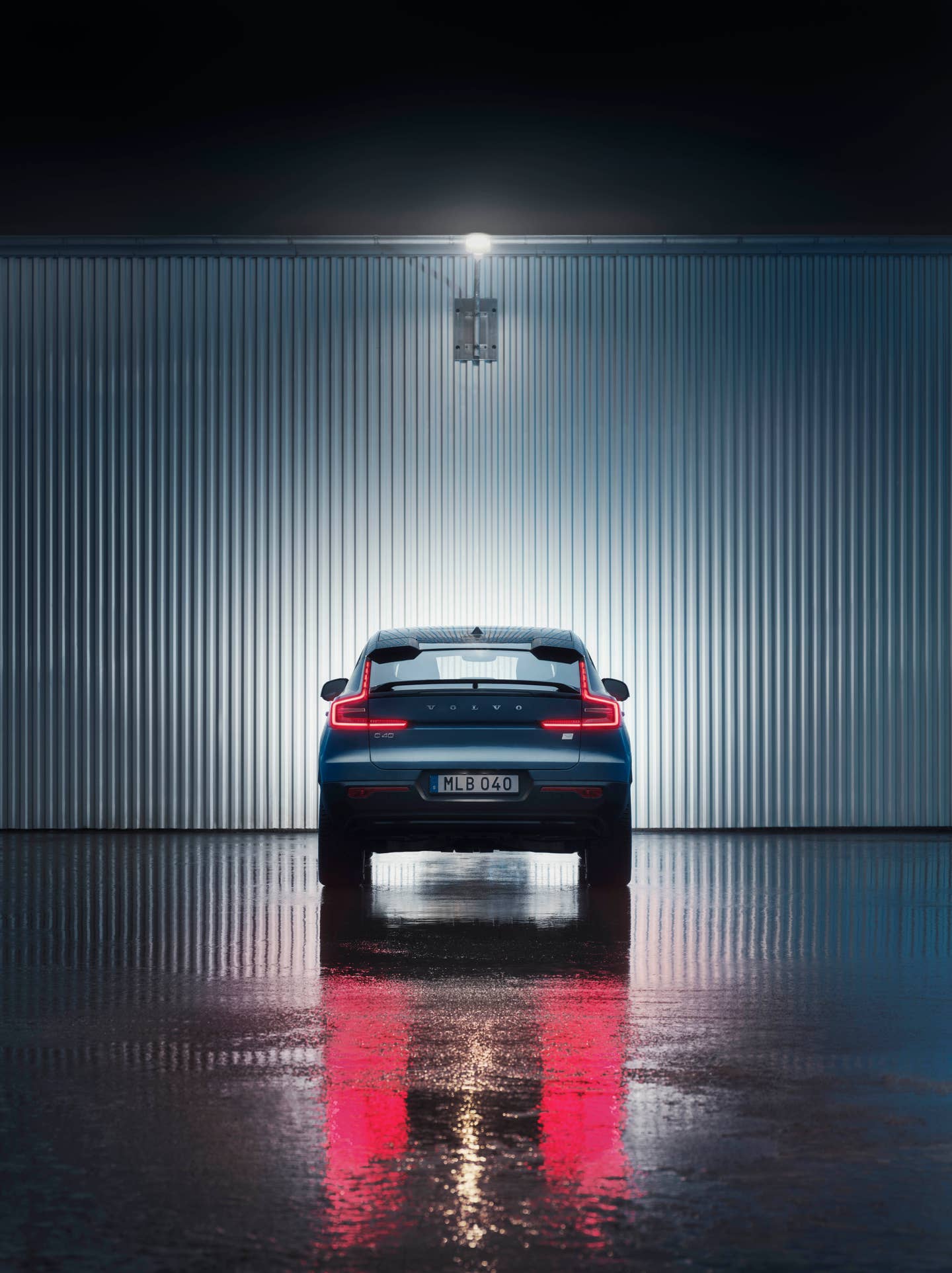
Regarding charging infrastructure, Volvo has partnered with Chargepoint to give C40 owners access to both its network and affiliated partner networks. The vehicle supports charging speeds of up to 150 kW for fast DC charging, currently the quickest available, enabling an 80% charge in approximately 40 minutes. Volvo’s decision to limit the charging rate to 150 kW reflects its pragmatic approach; while higher rates are feasible, the supporting infrastructure is not yet widespread, making 150 kW chargers a more practical choice.
The interior design of the car draws inspiration from the most popular features of the XC40, including unexpected elements like a dedicated trash bin. The interior aesthetic mimics topographical maps, and the essential infotainment system is powered by Android, featuring Google Assistant for seamless voice-controlled functions, from selecting music on Spotify to optimizing energy consumption. Moreover, the vehicle comes equipped with unlimited data for enhanced connectivity.
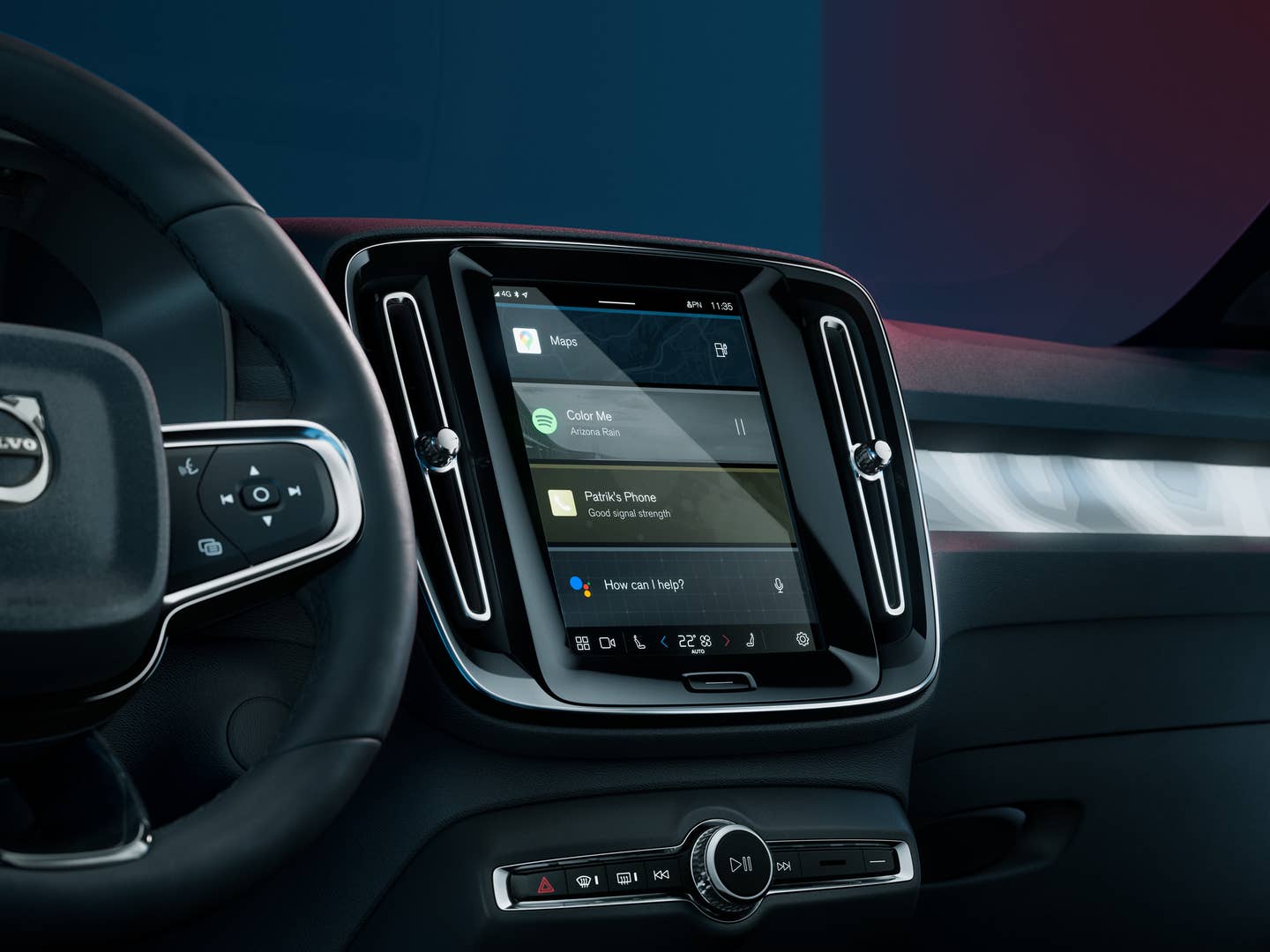
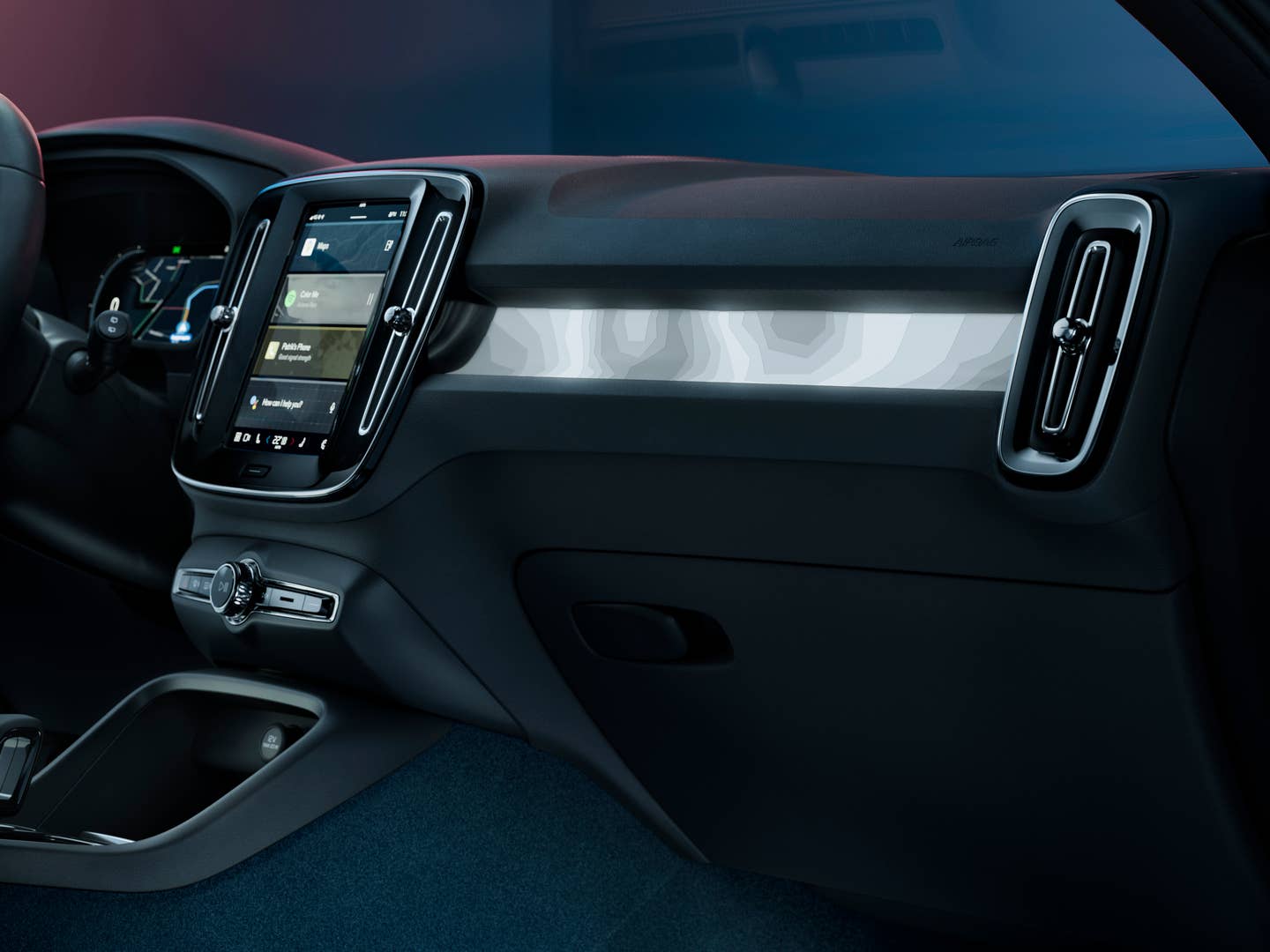
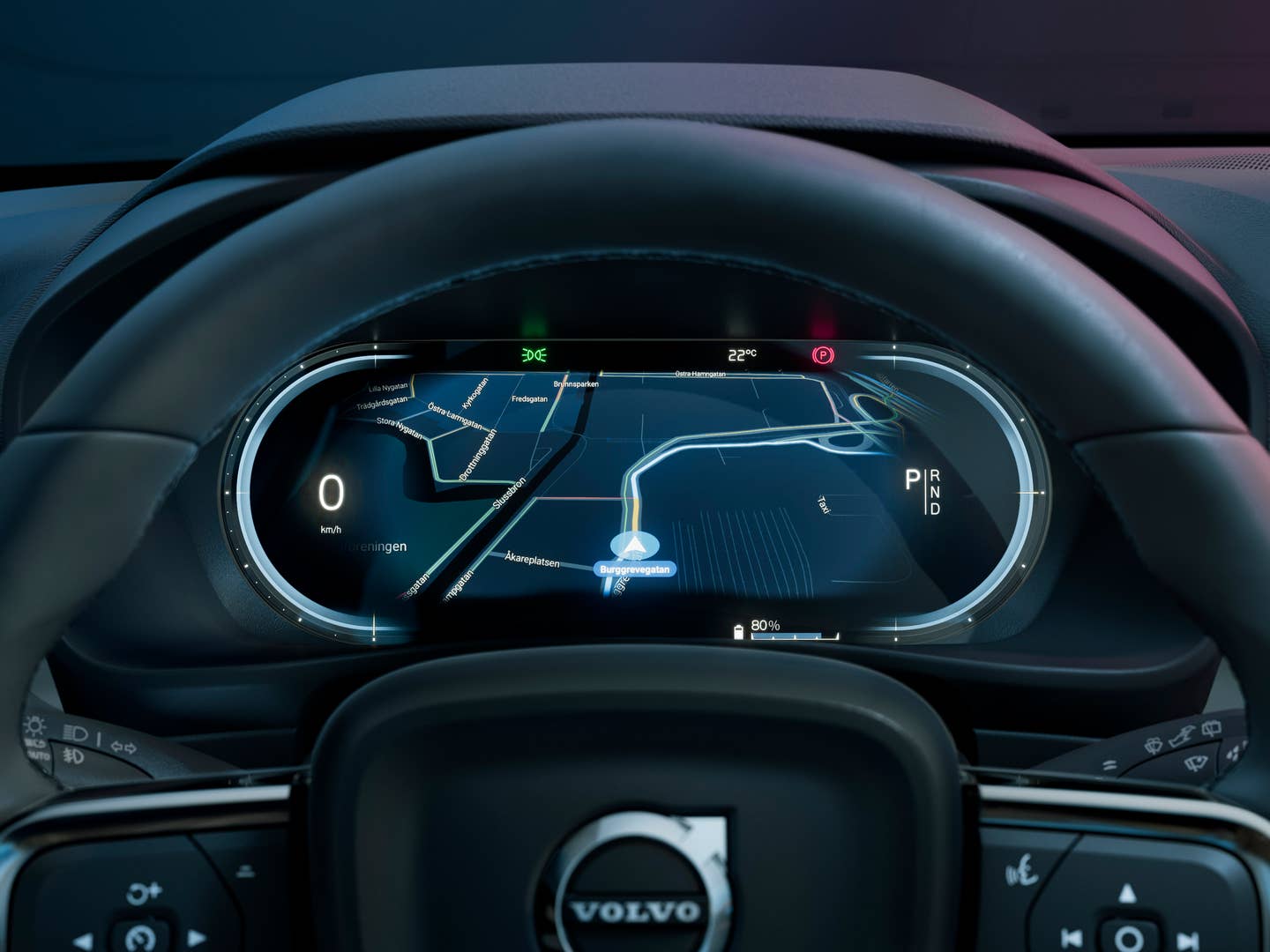
Volvo, which today released its latest car model, refrained from disclosing the pricing details. If it follows the XC40’s pricing scheme, Autocar predicts it could be approximately $75,000. This is a substantial cost for an electric vehicle explicitly designed for suburban commuting as a secondary vehicle. Surpassing the Chevy Bolt’s cost by more than two-fold, it enters into the realm of the Taycan. Especially noteworthy is Volvo’s approach with the C40 Recharge, focusing on optimizing battery size and power for intended purposes rather than extravagance.
It’s commendable that Volvo transparently acknowledges that this may not be its ultimate electric vehicle offering. Rather, Volvo sees it as an evolutionary step, poised for enhancements through over-the-air updates to elevate performance and efficiency. During the launch event, Volvo stated, “The day a brand new car leaves the factory is rarely its best day.” The EV platform enables continuous improvements, allowing the car to reach its pinnacle over time.
Following the arduous journey of exploration, this notion offers solace to all of us.
Discovered something interesting? Reach out to us via email: tips@thedrive.com
[ad_2]
